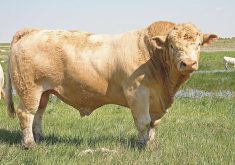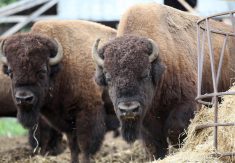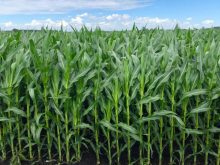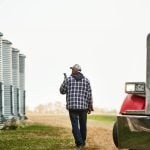“Lamb prices are higher right now, so the return is there for anyone getting into the industry or enlarging their flock.”
NORINE MOORE
ALBERTA LAMB PRODUCERS
Lamb is the good news story for agriculture in Alberta,” says Norine Moore. “Suddenly, everybody is interested.”
Moore, who runs a 300-head flock near Stavely, is a director of Alberta Lamb Producers, and she’d like others to join her in promoting ALP’s goal of “A flock in every field and lamb on every plate.” ALP has launched a campaign to attract more producers into the industry and for existing producers to expand.
Read Also
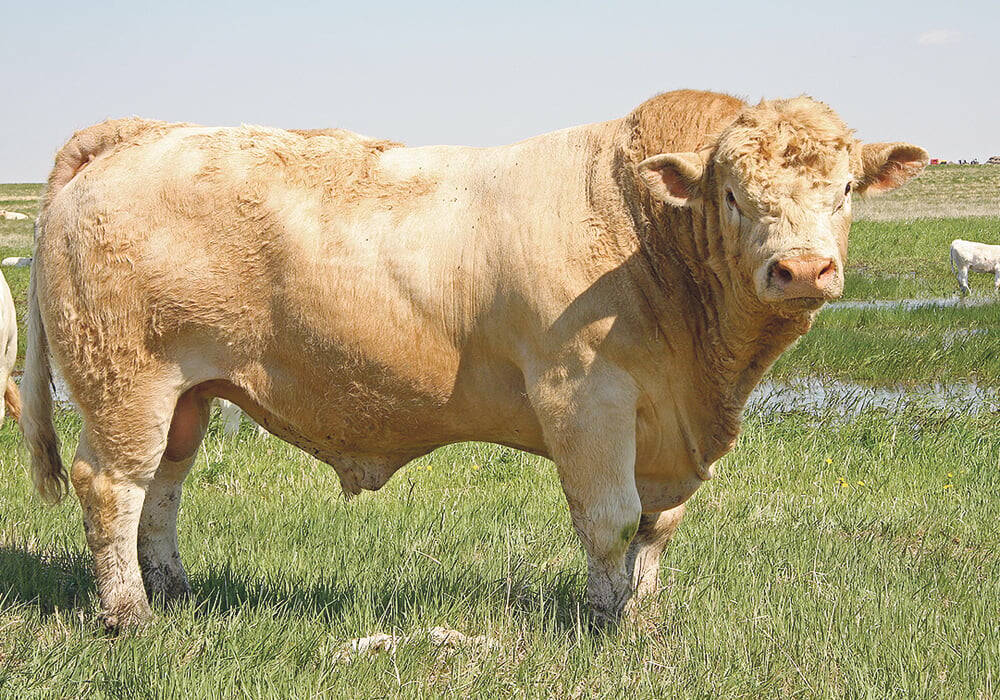
New research sheds light on infertility in bulls
Southern Alberta researchers make ground-breaking discovery in sperm function examining male infertility in bovines.
Canadian lamb can only supply about half the current demand, the rest of which is met with imports. The lack of production to meet the growing demand has meant good prices for producers.
Moore says much of that increased demand stems from woes in the two major meat industries – beef still is feeling some of the BSE pinch and last fall, H1N1 combined with surplus production in North America, set the hog industry back. Demand is also being driven by immigrants from countries where lamb and sheep meat is king. Added to that is demand from the baby boomers in Canada whose kids tend to be more adventuresome eaters.
“My kids eat a lot more cuisine from other countries than I did,” says Moore. “They like a lot of different things.”
At one time, southern Alberta was dotted with massive flocks of sheep. That declined as cattle took precedence. Moore says that of about 1,800 sheep producers in Alberta, fewer than 100 commercial producers are in southern Alberta these days. The largest share of production is in central and southeastern areas.
Moore raises Rambouillet, Suffolk, Hampshire and North Country Cheviot breeds, keeping them segregated to maintain purebred status. She has her big market day at Fort Macleod Auction Market in mid-May, featuring 90 head of purebred rams. She also sells ewe lambs in the fall, keeping the best as flock replacements. The commercial market is her target, and it has become a kind of partnership.
“Purebred breeders exist to improve the commercial operations,” she says. When purebred breeders sell to other breeders, it is a chance to help improve the overall quality of the Alberta sheep industry, she says.
That upgrading program is working. “Lambs are going to market sooner and bigger. We are producing better milking ewes now,” she said.
Tough competition
Moore said the grain-fed Alberta operations can’t compete on price with powerhouse New Zealand, which has more sheep than people. Kiwi sheep are raised on less-expensive pasture, and other factors such as currency exchange rates and processing efficiencies
“Lamb prices are higher right now, so the return is there for anyone getting into the industry”
NORINE MOORE
ALBERTA LAMB PRODUCERS
allow producers there to ship to Canada and still sell cheaper than local lamb.
“We compete on the basis of quality, and more people are choosing to buy local and support our agriculture industry,” said Moore. “Lamb prices are higher right now, so the return is there for anyone getting into the industry or enlarging their flock.”
Still, a big question is how does one know if they are buying Alberta lamb. Moore said consumers can go directly to a local producer and be assured they are buying domestic lamb. Another concern is lack of lamb-processing capacity. Sunterra at Innisfail has been importing significant numbers of American lambs, but that is strictly a business decision. “It can’t keep open with only Alberta lamb,” Moore says.
Sunterra, the only federally inspected lamb slaughter plant in Canada, likes lambs 95 to 110 pounds live weight. But that is misleading when the breed of lamb is considered. Some lambs are fat at 110 pounds, and some are not finished at that weight. The finish varies by breed.
Moore says Alberta lamb producers have made great strides to improve on-farm food safety. She says that increased awareness has translated into a Canadian flock that is in fairly good health.
“There is seldom an outbreak of contagious disease in Canadian sheep.” Despite the good track record, the Alberta sheep industry is working with Alberta Agriculture on a lamb traceability pilot project that is using radio frequency identification chips and tags.
“We want to build a system to trace a lamb from the time it leaves the farm to the consumer’s plate,” Moore says.


